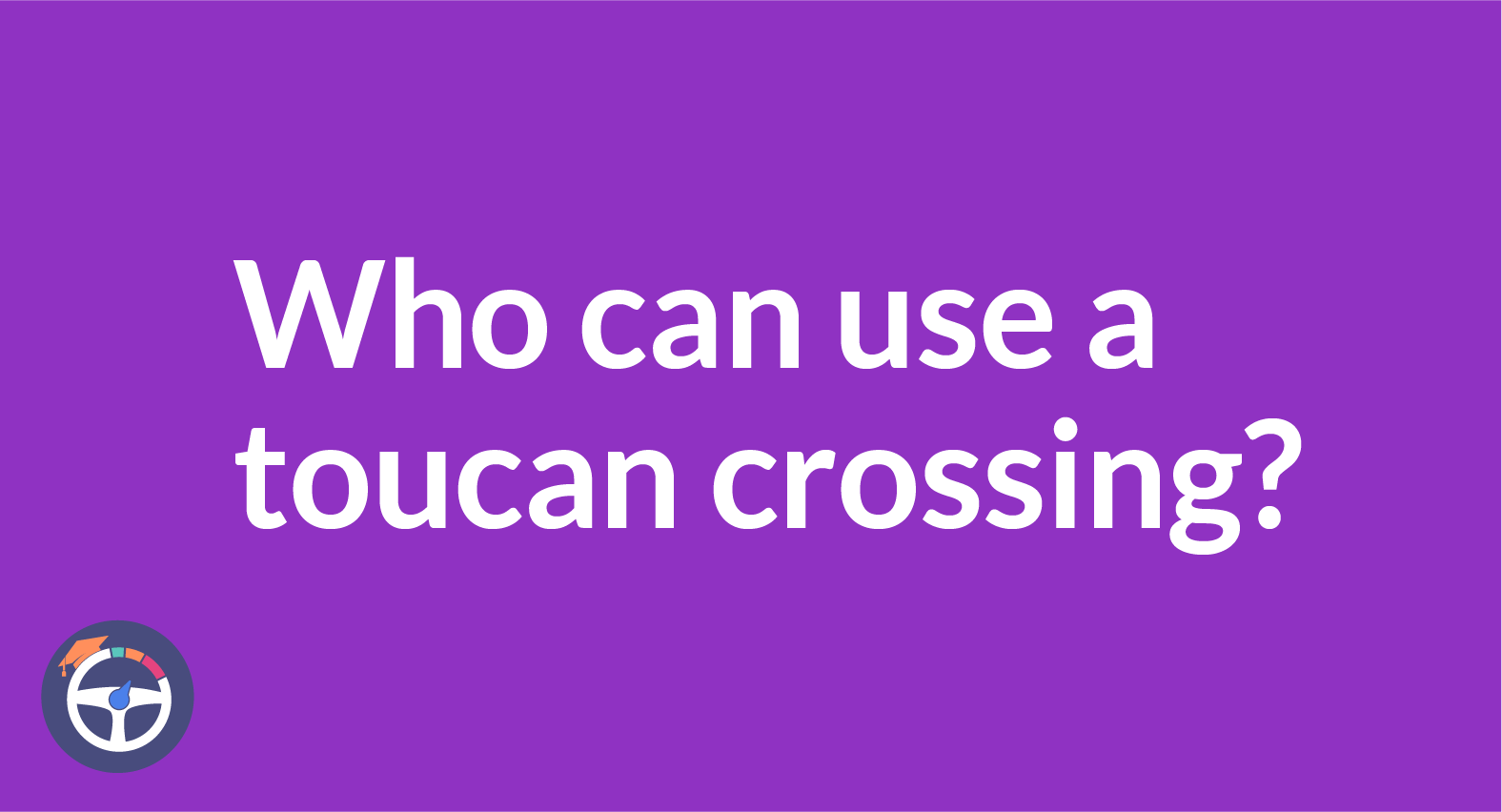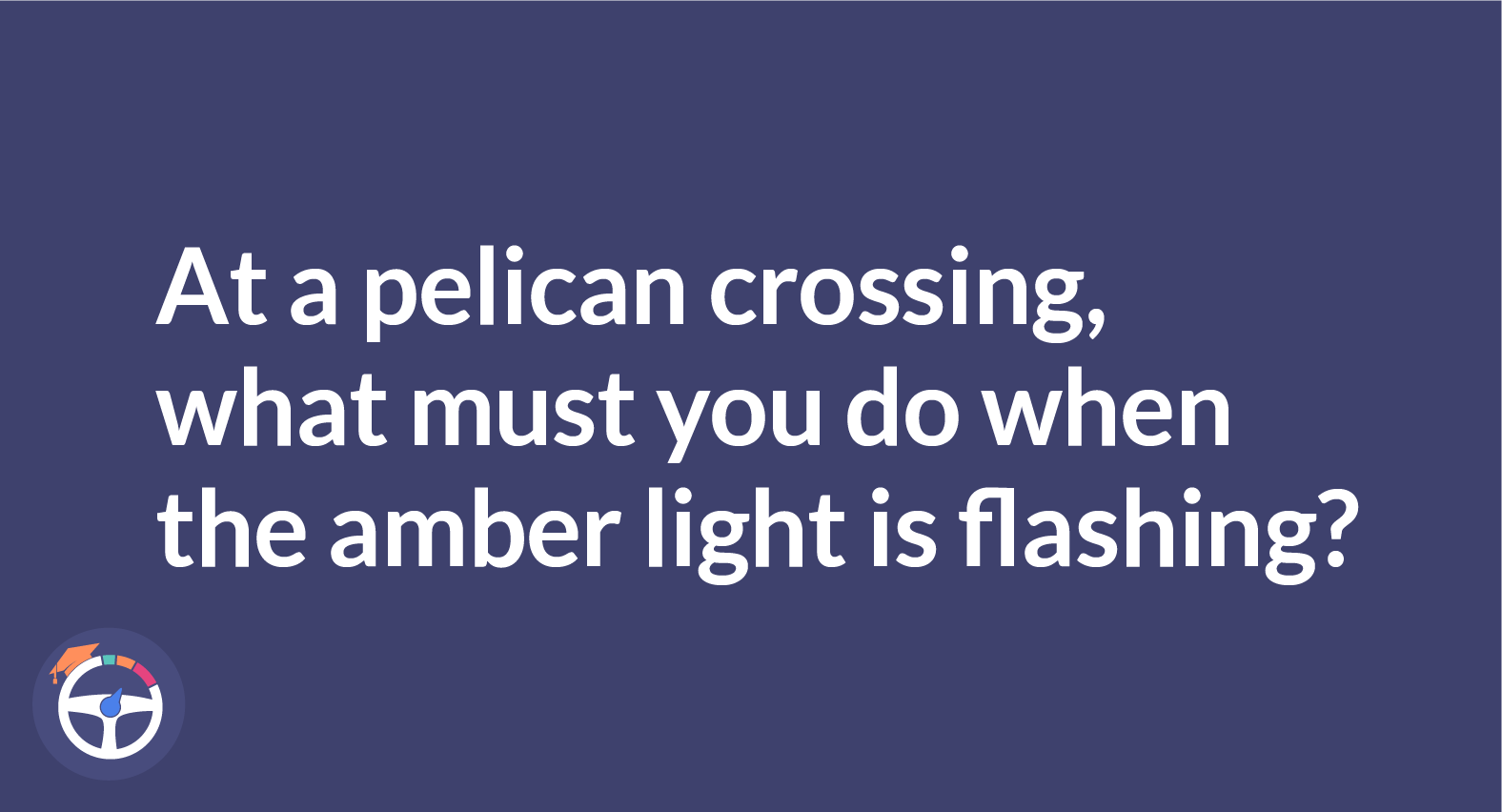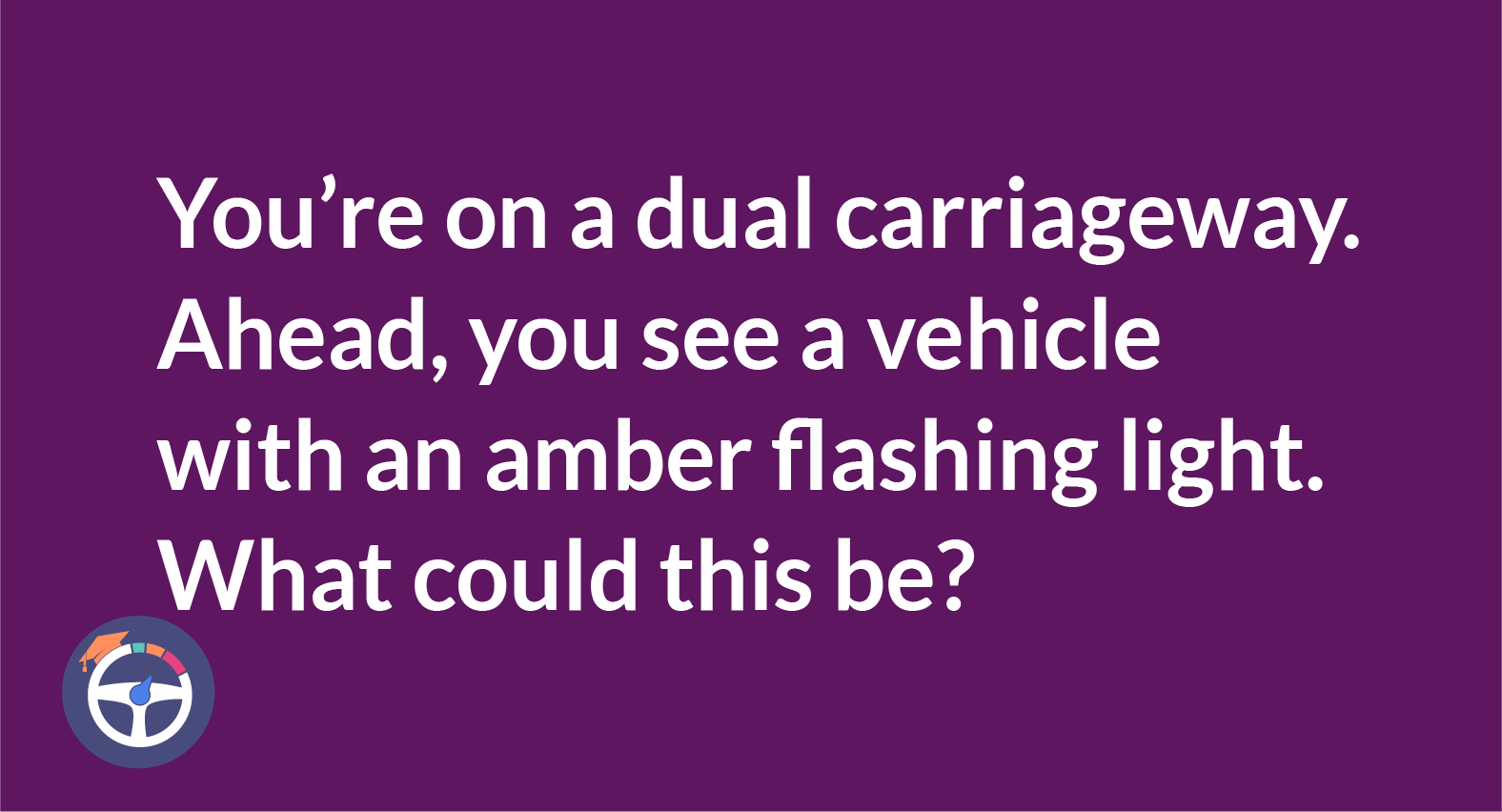Who May Use A Toucan Crossing?
Toucan crossings function like pelican crossings, but they lack the flashing amber phase. Cyclists can share these crossings with pedestrians and are permitted to ride across when the green cycle symbol is displayed.

Contents
- Who May Use A Toucan Crossing?
- Who Can Use A Toucan Crossing?
- Understanding When to Cross Toucan Crossings
- Key Characteristics Of Toucan Crossings
- Toucan Crossings Advantages
- That’s A Wrap!
- FAQ
- Are Toucan Crossings Only Found in Cities?
- Can Motorcyclists Utilize Toucan Crossings?
- Do Pedestrians and Cyclists Get Different Signal Phases at Toucan Crossings?
- Compared to traditional crossings are toucan crossings more expensive to install?
- Are Toucan Crossings Able to Automatically Identify the Presence of Cyclists?
Who Can Use A Toucan Crossing?
Toucan crossings are vital pedestrian and bicycle infrastructure. They are easily recognized by their unique green-and-white bicycle and pedestrian symbols. By providing a convenient and safe means of navigating busy roads these specialized pedestrian crossings are intended to meet the needs of both groups concurrently. Let’s examine the characteristics and benefits of toucan crossings in more detail. And see why they are crucial for both urban mobility and road safety!
Understanding When to Cross Toucan Crossings
Toucan crossings are named for the fact that both two (cyclists) and (pedestrians) cross simultaneously. Toucan crossings have broader crossing widths than standard pedestrian crossings to allow bicycles to ride alongside pedestrians. Because of its innovative design, cyclists can cross the road without getting off their bikes. It facilitates a smooth transition into the crossing system.
Key Characteristics Of Toucan Crossings
1. Designed with inclusivity in mind:
Toucan crossings accommodate the requirements of both pedestrians and cyclists. These crossings encourage more people to choose cycling as a mode of transportation by giving cyclists a dedicated area to cross safely.
2. Enhanced Safety:
The safety of susceptible road users is given priority at toucan crossings. All thanks to special bicycle and pedestrian signals. With their clear view of oncoming traffic and their assigned right of way cyclists and pedestrians can cross the road with confidence.
3. Accessibility Features:
Toucan crossings help pedestrians with visual impairments cross the street safely. It provides tactile paving and audible signals. All users of the road regardless of ability can cross the street with ease. All thanks to these accessibility features.
Toucan Crossings Advantages
1. Safe Roads:
Toucan crossings reduce traffic jams. It also enhances road safety. It provides a specific crossing location for pedestrians and cyclists. The risk of collisions is decreased when pedestrians and bicycles are moved out of the way of oncoming traffic. It also promotes harmonious cohabitation.
2. Encouraging Active Travel:
Toucan crossings are essential for the promotion of active travel. Additionally, it reduces reliance on motorized transportation. Physical activity integration into daily routines is encouraged by these crossings. It leads to healthier and more environmentally friendly lifestyles by making cycling safer and more convenient.
3. Improved City Mobility:
Toucan crossings are becoming an essential part of the infrastructure for urban mobility. As cities work to make their spaces more bike- and pedestrian-friendly! These crossings improve urban area's general accessibility and livability by giving pedestrians and cyclists quick and safe ways to cross.
4. Decreased Traffic:
Toucan crossings encourage more people to walk and cycle. This automatically lowers traffic and the number of vehicles on the road. In addition to reducing carbon emissions and raising the quality of the air in cities, this improves traffic flow.
5. Enhanced Communication:
Toucan crossings facilitate connectivity between various areas of a city or town. This makes it easier for pedestrians and cyclists to get to services places of employment, educational institutions, and recreational spaces. This relationship promotes social interaction, community involvement, and a sense of neighborhood belonging.
6. Economic Gains:
Investing in bicycle infrastructure like toucan crossings can yield significant financial benefits for communities. By promoting active travel these crossings increase tourism, support local employment, and promote urban economic development. Additionally, by encouraging physical activity and lowering the incidence of diseases linked to sedentary lifestyles. They lessen the strain on healthcare systems.
7. Environmentally Sustainable Modes:
The promotion of environmentally sustainable modes of transportation is greatly aided by toucan crossings. These crossings support overall environmental conservation, efforts a decrease in greenhouse gas emissions, and a reduction in reliance on fossil fuels by promoting walking and cycling. They also back more general programs that try to reduce global warming and build more sustainable urban areas.
8. Health and Wellbeing:
Keeping up a regular physical activity regimen is crucial to overall health and well-being. Toucan crossings give people easy and safe ways to travel actively. It enhances mental and physical health by lowering stress levels and promoting physical fitness. These crossings improve the general welfare. And the standard of living of society by encouraging healthier lifestyles!
9. Social Equity:
The promotion of social equity is facilitated by toucan crossings. It guarantees equitable access to safe and convenient transportation options for all members of society. That too irrespective of their age ability or socioeconomic status! These crossings contribute to the creation of more inclusive and equitable communities by giving special consideration to the needs of vulnerable road users. This includes children, the elderly, and those with disabilities.
10. Future-Proofing Cities:
Toucan crossings are an example of a forward-thinking approach to urban planning. As cities change and adapt to shifting transportation trends and urbanization patterns. These crossings contribute to the future-proofing of cities against traffic congestion pollution and unsustainable growth. By integrating cycling infrastructure and pedestrian-friendly features into their design! This makes the urban environment more resilient and livable for future generations.
That’s A Wrap!
For pedestrians and cyclists to enjoy safer, more inclusive, and, accessible streets, toucan crossings are essential. These crossings contribute to healthier more sustainable communities. By putting the needs of vulnerable road users first and encouraging active travel. Toucan crossings will continue to be crucial tools for boosting urban mobility. And road safety as long as cities invest in bicycle infrastructure and pedestrian-friendly programs!
FAQ
1. Are Toucan Crossings Only Found in Cities?
In order to provide safe passage for pedestrians and cyclists, toucan crossings are present in both rural and urban areas.
2. Can Motorcyclists Utilize Toucan Crossings?
Toucan crossings are usually only intended for use by pedestrians and cyclists. However, some may permit motorcyclists to use them when designated.
3. Do Pedestrians and Cyclists Get Different Signal Phases at Toucan Crossings?
Toucan crossings have unified signal phases. Green man/bicycle signals at toucan crossings typically indicate when it's safe for pedestrians and cyclists to cross.
4. Compared to traditional crossings are toucan crossings more expensive to install?
Toucan crossings could be more costly to install than traditional crossings. Because of their wider design which may necessitate more extensive infrastructure.
5. Are Toucan Crossings Able to Automatically Identify the Presence of Cyclists?
Toucan crossings can be manually activated by pressing a button to start the crossing signal. Or they can be equipped with sensors that can identify bicycles.


